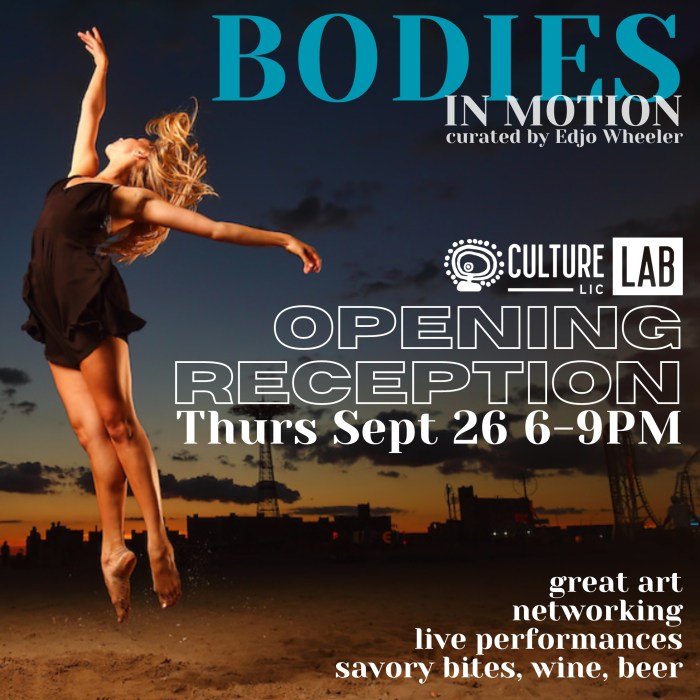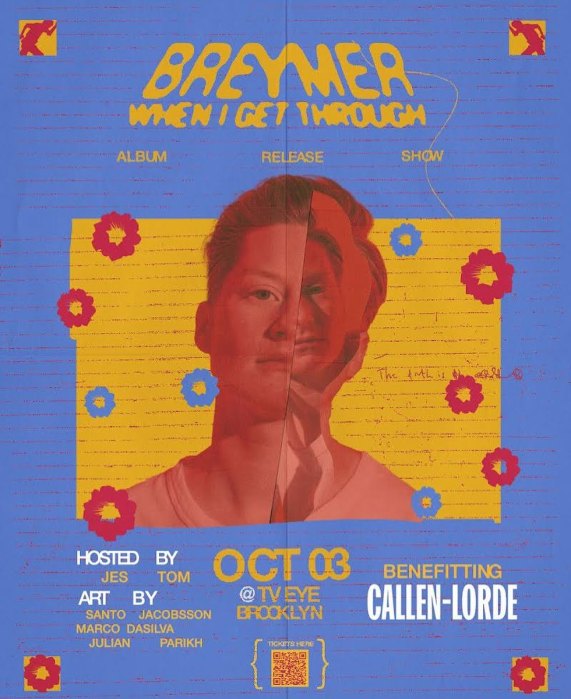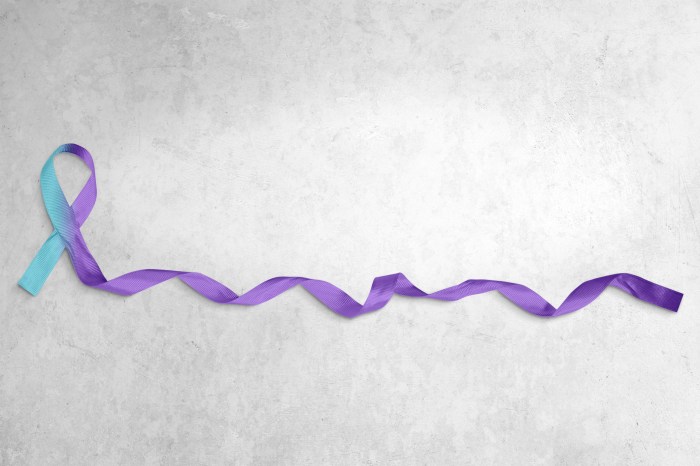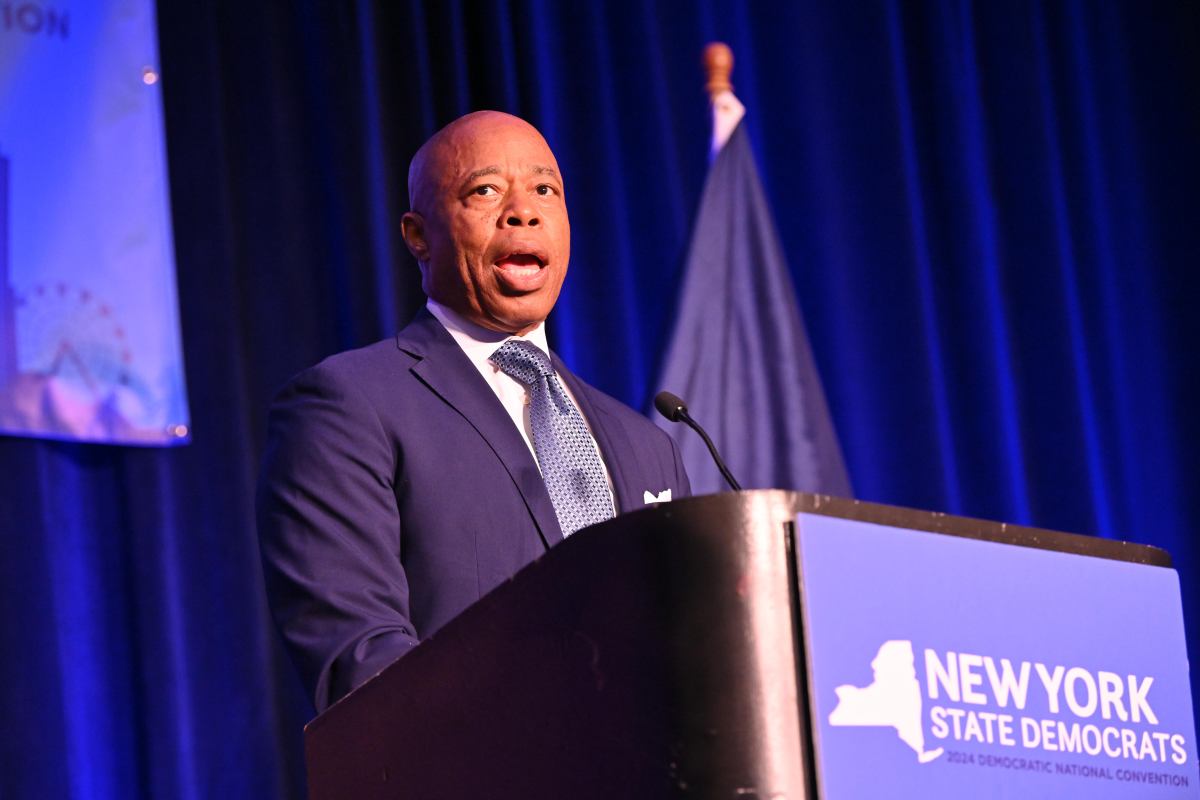BY DAVID J. SWARTS
Commissioner of the NYS Department of Motor Vehicles and Chair of the Governor’s Traffic Safety Committee.
The holidays are almost upon us and the New York State Department of Motor Vehicles (DMV) and the Governor’s Traffic Safety Committee (GTSC) hope all New Yorkers will enjoy a safe and enjoyable season.
This should be a time of celebration – of creating memorable moments with family and friends – and should not overshadowed by a senseless tragedy because someone chose to drink and drive.
During 2007 in Queens, 345 crashes involved an impaired driver. That number is up from 2005, when 262 crashes were alcohol-related. That represents a 32 percent increase. These numbers clearly are unacceptable and should not be tolerated.
The loss of life due to the very preventable crime of impaired driving must be stopped. DMV, GTSC, law enforcement officers statewide and our traffic safety partners remain committed to decreasing alcohol-related crashes in New York, and an important tool in that effort is the STOP-DWI program.
STOP-DWI, or “Special Traffic Options Program for Driving While Intoxicated,” is a comprehensive and financially self-sustaining highway safety program, aimed at coordinating local efforts to deter drinking and driving.
Each county, including Queens, participates in the effort with its own special brand of anti-DWI programming. All of the fines collected from impaired driving convictions go back to the county of origin so they can be used to create programs that target drivers who choose to drink and drive.
Drivers with a blood alcohol content (BAC) of 0.08 are four times more likely to cause a crash than drivers with no alcohol impairment. Driving with a BAC of 0.08 percent or higher will put motorists over the limit and they will be arrested for DWI. Driving with a BAC of between 0.05 and 0.07 is considered “driving while ability impaired.”
Both of these offenses can result in a jail sentence and loss of driving privileges, as well as substantial fines and penalties.
It should be noted that in 2007, the state enacted a new law that subjects a person to a felony charge if they are arrested with a BAC of more than 0.18, are driving with a suspended or revoked license due to a previous DWI offense test refusal, or they cause death or serious injury due to a crash.
If a person chooses to drink and drive, they face the following potential consequences: up to $15,000 in legal fees; fines and insurance increases; the loss of their license; jail time; a criminal record; or worse, causing death or injury to others.
On average, it takes four drinks in one hour for a 170-pound male and three drinks in an hour for a 140-pound female to reach a BAC of .08. A 12 ounce can of beer contains as much alcohol as a 5 ounce glass of wine, or 1.5 ounces of 80-proof liquor.
Only time can reverse the effects of alcohol. Despite the common perception, doing things like drinking coffee or taking a cold shower will not make a person who is impaired by alcohol, sober.
So, when you set out to enjoy holiday celebrations, if you are going to be drinking, remember to plan ahead and designate a driver, take a taxi or spend the night.. If you are hosting a party, be sure your guests have alternatives to alcohol and that they have a safe way home. That way, we can all have a happy holiday season.
From all of us at DMV and the GTSC, we wish everyone a joyous holiday season. And while you celebrate this very special time of year with family and friends, please remember that drinking and driving is not an option.
David J. Swarts is the Commissioner of the NYS Department of Motor Vehicles and Chair of the Governor’s Traffic Safety Committee.


































